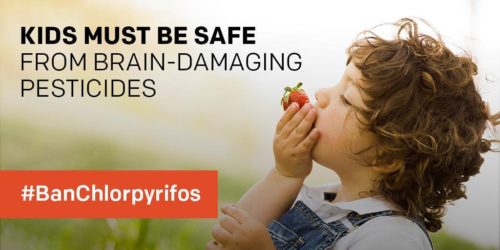Child Labor’s Prevalence Perception Problem–What the Consumer Surveys Reveal

The CLC’s Reid Maki
There are a lot of obstacles to ending child labor that the Child Labor Coalition (CLC) and its nearly 40 members confront on a daily basis. Poverty, governmental indifference, educational access issues, and a lack of awareness of the negative, long-term impact of child labor on children are all big factors, but another is lack of knowledge of the scope or prevalence of the problem.
The average American consumer doesn’t understand that child labor is a pervasive problem affecting an estimated 152 million children in the world – and that’s an estimate developed before the pandemic started. We think the number has grown significantly since COVID-19 began, throwing hundreds of millions of families into deeper poverty.
We became aware of the gap between the public’s perception of the problem and the reality of situation seven years ago when the group Child Fund International commissioned a survey of over 1,000 consumers. Only one percent knew that roughly 150 million children were trapped in child labor globally. That number translates to one in 10 children. It’s staggering to think about. Even more disturbing: 73 percent of survey respondents – essentially three out of four—incorrectly guessed that the global total was less the one million. They were off by a factor of 150!
It’s hard to galvanize public and political opinion to confront a pressing social problem when few people realize the massive scope of the problem and instead misperceive it as a tiny, moribund problem. If we want corporations that benefit from child labor to take serious action, we need a better understanding of the problem’s prevalence. Governments are not likely to act or expend financial resources on programs to fix a problem perceived as affecting very few children.
We’ve been wondering if the internet and Twitter and our persistent efforts to educate the public have helped close the perception gap in the several years since Child Fund’s polling. Surveys are expensive and our budget didn’t allow us to conduct a phone-based survey like the 2013 poll. We decided to use a Survey Monkey internet poll to see where the public’s perception levels were at.
We gave respondents the opportunity to guess how many children were impacted by child labor and we offered them six answer options:
- 1 in 10
- 1 in 100
- 1 in 500
- 1 in 1,000
- 1 in 5,000
- 1 in 50,000




